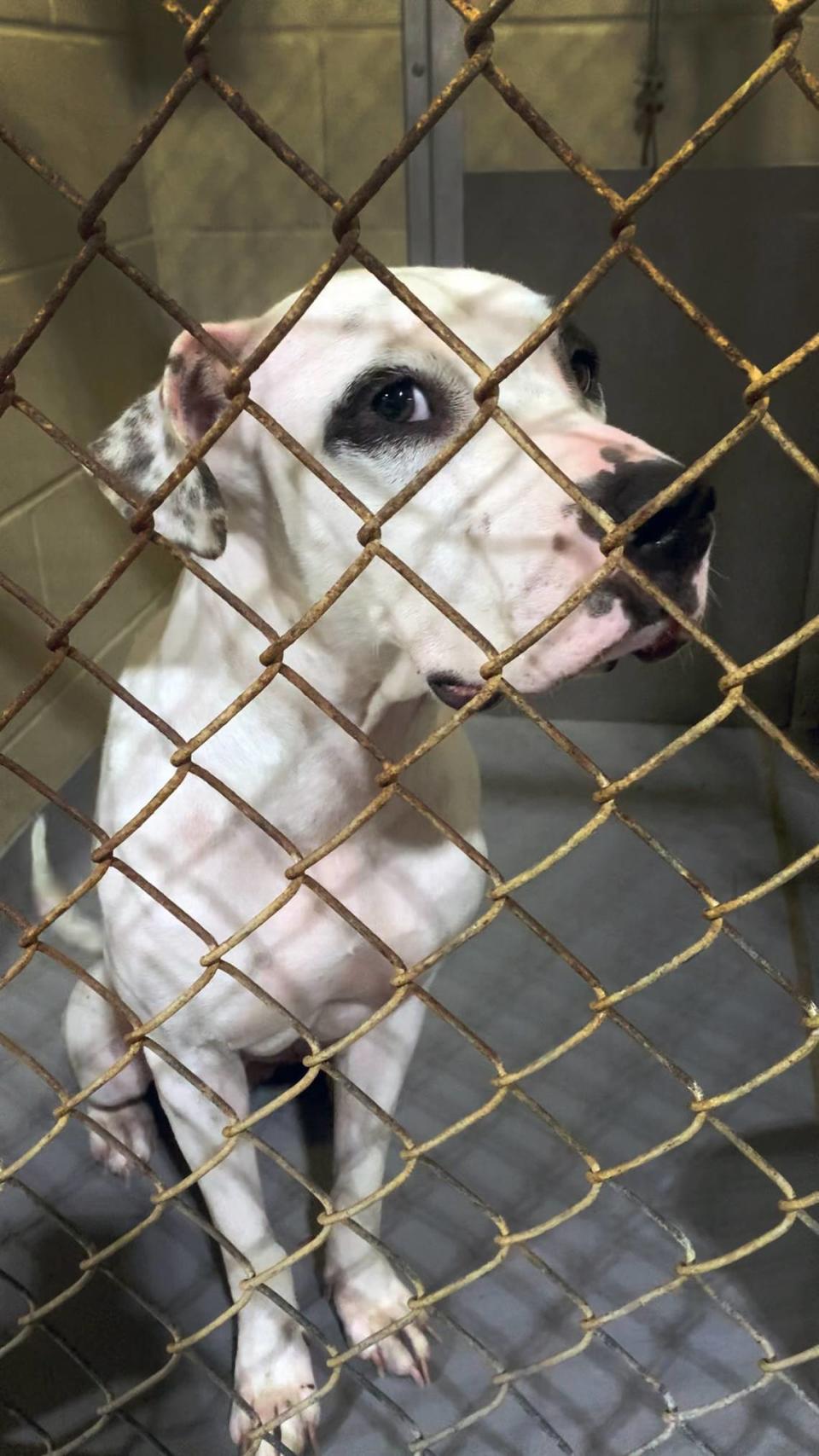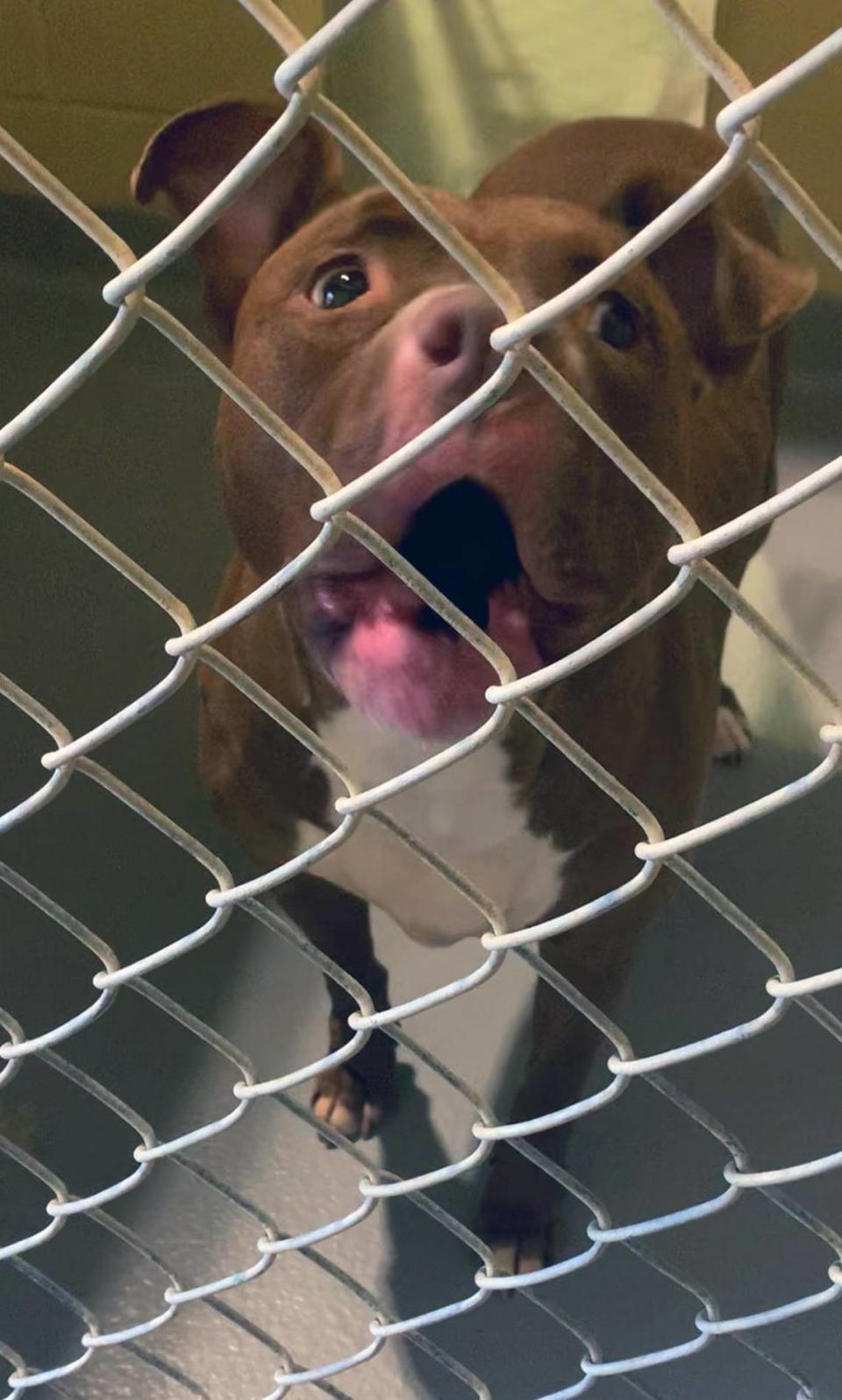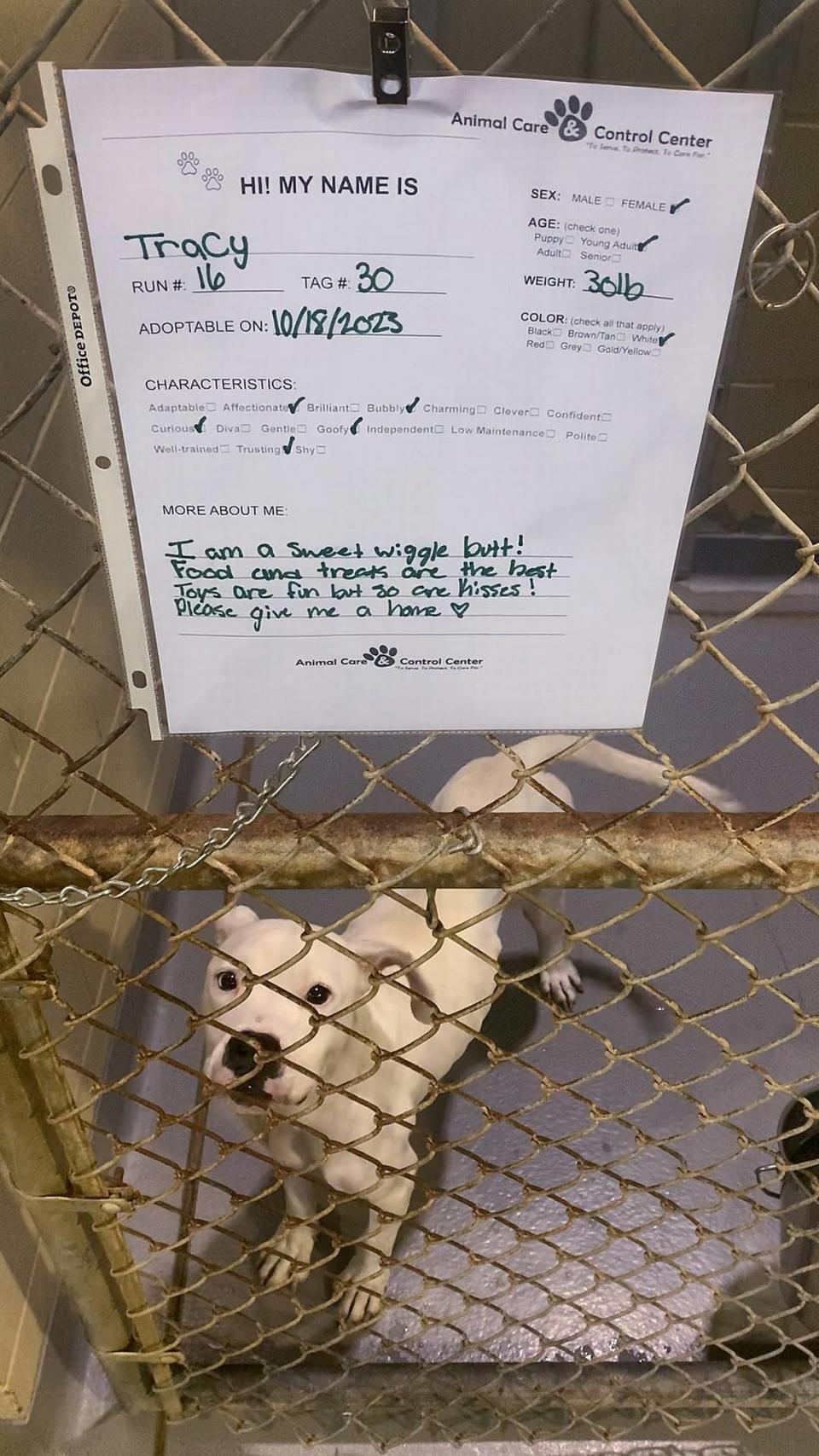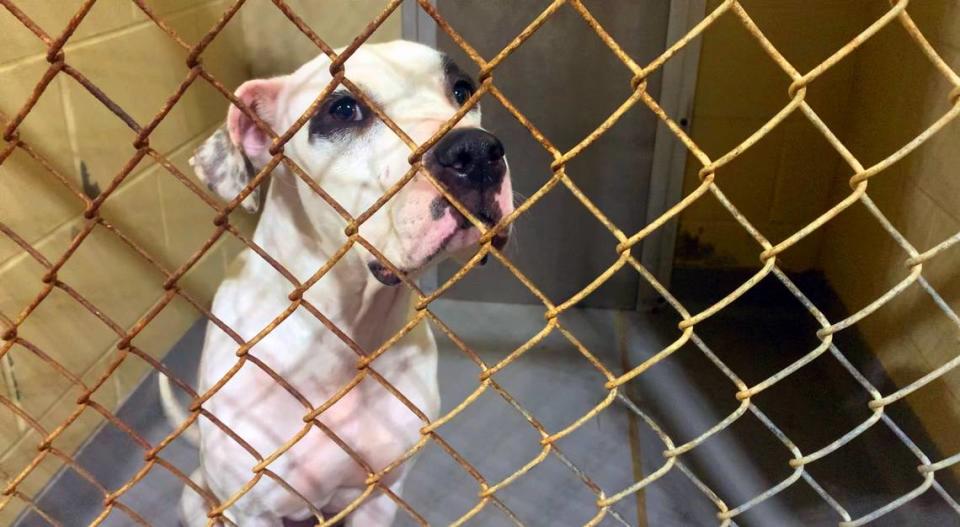Twice as many dogs euthanized this year from overcrowding at Columbus Animal Shelter
Dog’s have long been deemed “man’s best friend” and will greet their owners with smiles at the end of a stressful day.
But in the world of the Columbus Animal Care &Control, Fido isn’t smiling because given how overcrowded the shelter has become this year, euthanasia rates are rising at more than double last year’s rates.
The shelter said it tries to save the animals but sometimes it cannot avoid putting down the dogs.

“We try our best not to have to euthanize until we are completely out of space,” said Director of Public Works, Drale Short. “Before we even do that, we send out a plea to all of our local rescues to come pull as many animals as they can.”
Data provided on the Animal Control Center’s website shows that a total of 193 dogs have been euthanized through September of this year due to capacity. In 2022, 94 dogs were euthanized due to capacity.
Drale Short, Director of Public Works, said that there has been an increase in animals coming into the shelter and that there are multiple factors that can contribute to the rising numbers.
Short said economic status, spay and neutering, health of the owner, and possible dumping of animals in Muscogee County can all possibly be contributing to the growing intake of animals.
Short said that they have people come in and have to drop their animal off at the shelter because they can no longer afford to keep the animal.
“We have that all the time because a person’s economic status can change with employment,” Short said.
She said fortunately that there are rescues in Columbus that help people out with their animals by providing multiple services.
Thankfully, adoption rates have been picking up some lately for the animal shelter to help with the incoming animals, according to Short.
“We do have to do euthanasia sometimes because we’re full,” Short said. The Animal Control Center can hold approximately 100 animals in the facility, according to Short.
When does a dog get put down?
Short said what animals get euthanized is mainly based on the amount of time the animal has been at the shelter.

Short said the Shelter gets many pit bulls coming into the shelter and at some points the shelter is composed mainly of pit bulls. Short said that the animal shelter experiences issues getting pitbulls adopted due to the stigma surrounding the breed.
“Some people fear them, because of the reputation that they’ve acquired,” said Short. “It’s sad because you should just get to know the animal.”
Short said that after an animal has been in the shelter for more than five days that the animal becomes the property of the city of Columbus.
Help comes in many ways
Paws Humane Society helps the animal shelter by taking animals from the animal shelter that are at risk of euthanasia when they have space available. Unlike the animal shelter, Paws is a limited intake shelter which means they do have to turn away animals if they are at capacity, according to Executive Director of Paws Humane Society Courtney Pierce.

Pierce said that Paws will not euthanize an animal in order to make room for other animals.
Pierce said that Paws was originally formed to help make the community a no-kill community.
Paws offers multiple programs to proactively help reduce overpopulation in the area. Paws offers programs that will help owners feed their animals, help spay and neuter animals, help fix behavioral problems, and offers veterinary services.
“We want to be a resource for our community,” Pierce said.
Pierce said that they’re experiencing lower adoption rates than is normal. “It’s way slower, and it’s not just a Columbus, Ga. problem,” Pierce said. “So, we’re really trying to figure out ways to place more animals.”
“We have seen a significant decrease in adoptions,” Pierce said.
How you can help
Short urged pet owners to spay and neuter their animals. She also asked people to microchip their animals to help get an animal back to their owner if they find their way to the animal shelter.

“Don’t go to the backyard breeder, don’t go to a breeder of any sort. Come to your local shelter first and help your community find forever homes for these animals. We have some great ones,” said Short.
People who are interested can also help out organizations such as Paws by dropping off food, toys, and donating monetarily on their website.

